LC-MS Basics
This basic LC-MS learning path covers instrument setup, solvent selection, electrospray ionization (ESI) principles, and quadrupole mass analyzers. It includes system tuning, optimizing ionization, and troubleshooting signal issues. Practical tips focus on sample preparation and contamination control, and method development for reliable, high-sensitivity analysis.
10 Modules 3 Quick Guides
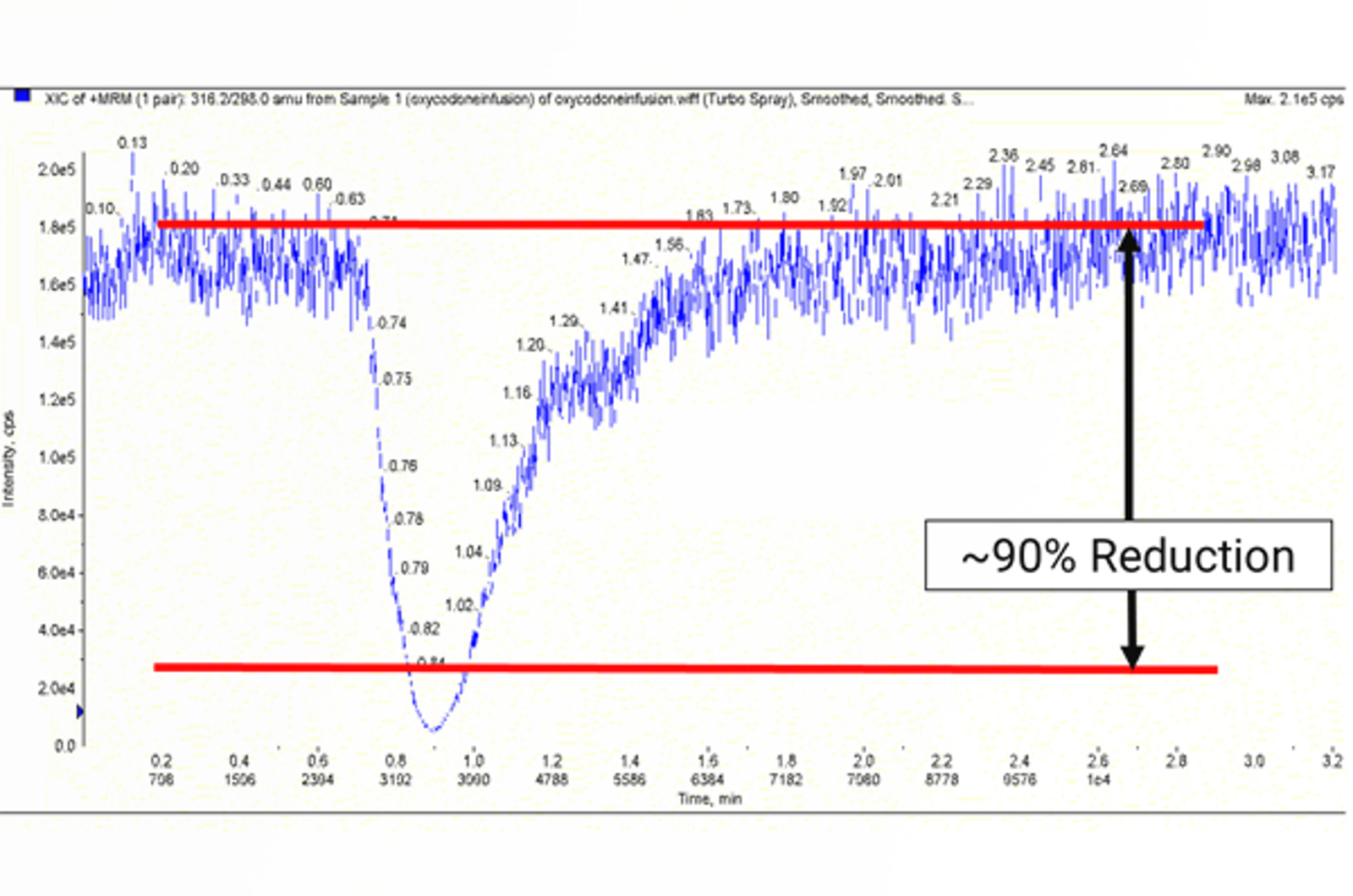
13 Items
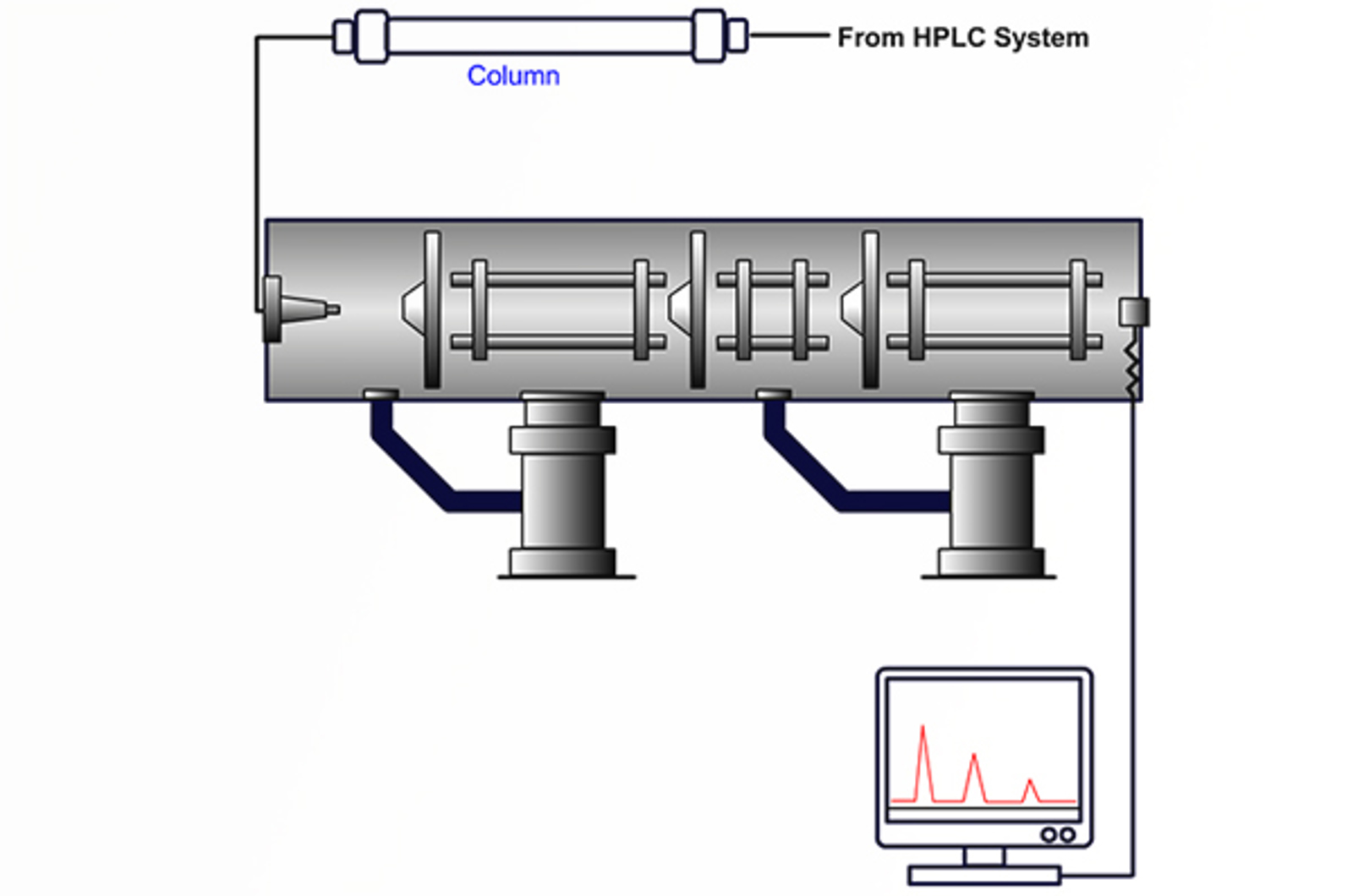
LC-MS Introduction
LC-MS is a hyphenated technique, which combines the separating power of high performance liquid chromatography (HPLC), with the detection power of mass spectrometry (MS). LC-MS covers a broad range of application areas. This module explores the instrument acquisition methods used and examines the type of data that can be produced from such systems.
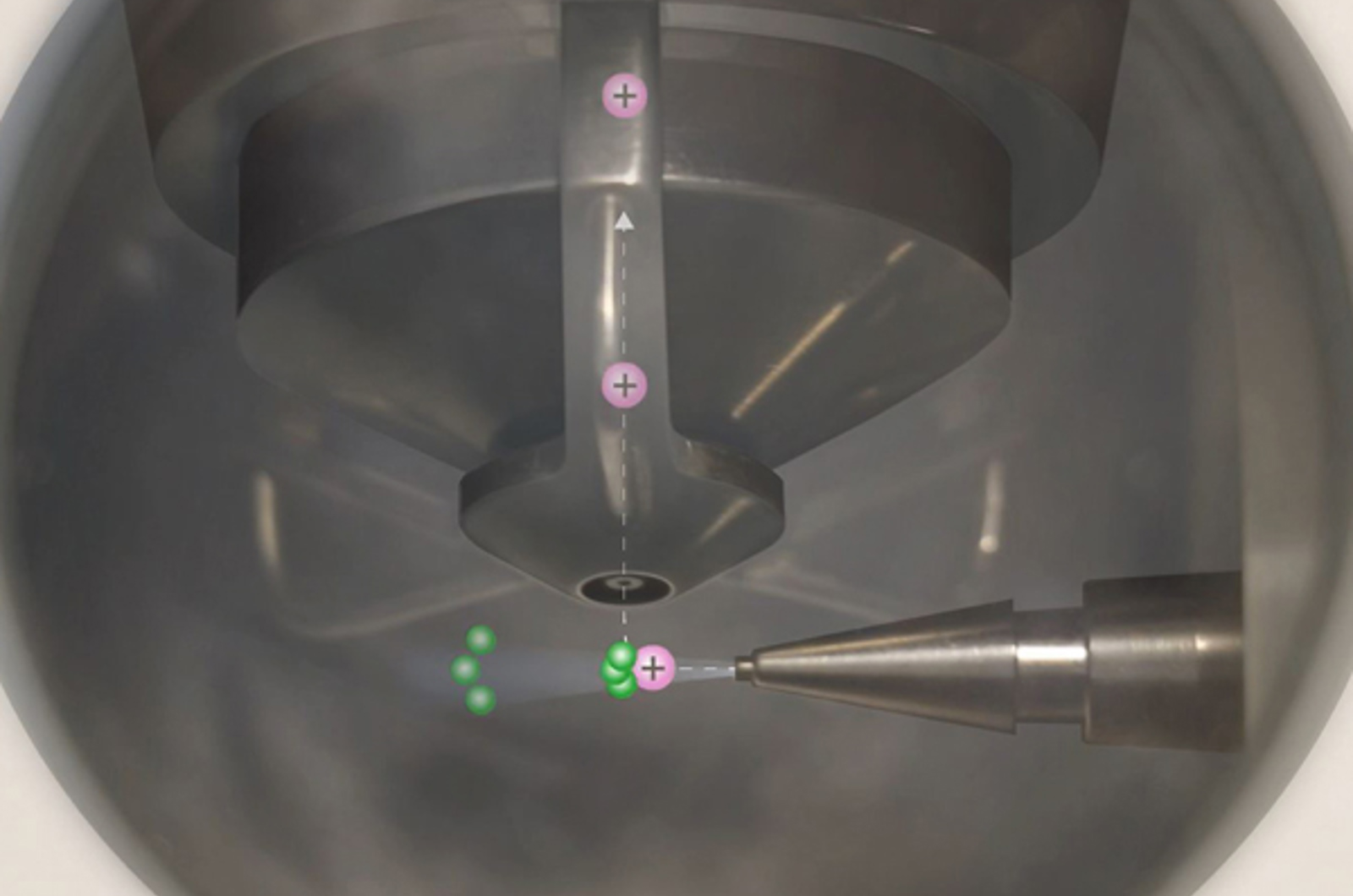
Practical LC-MS Video Bootcamp
Working at a real LC-MS system and with real data, our technical team methodically take you through the practical process of LC-MS; from basic instrument setup, to mobile phase and signal optimization, and up to complex MS/MS experiments.
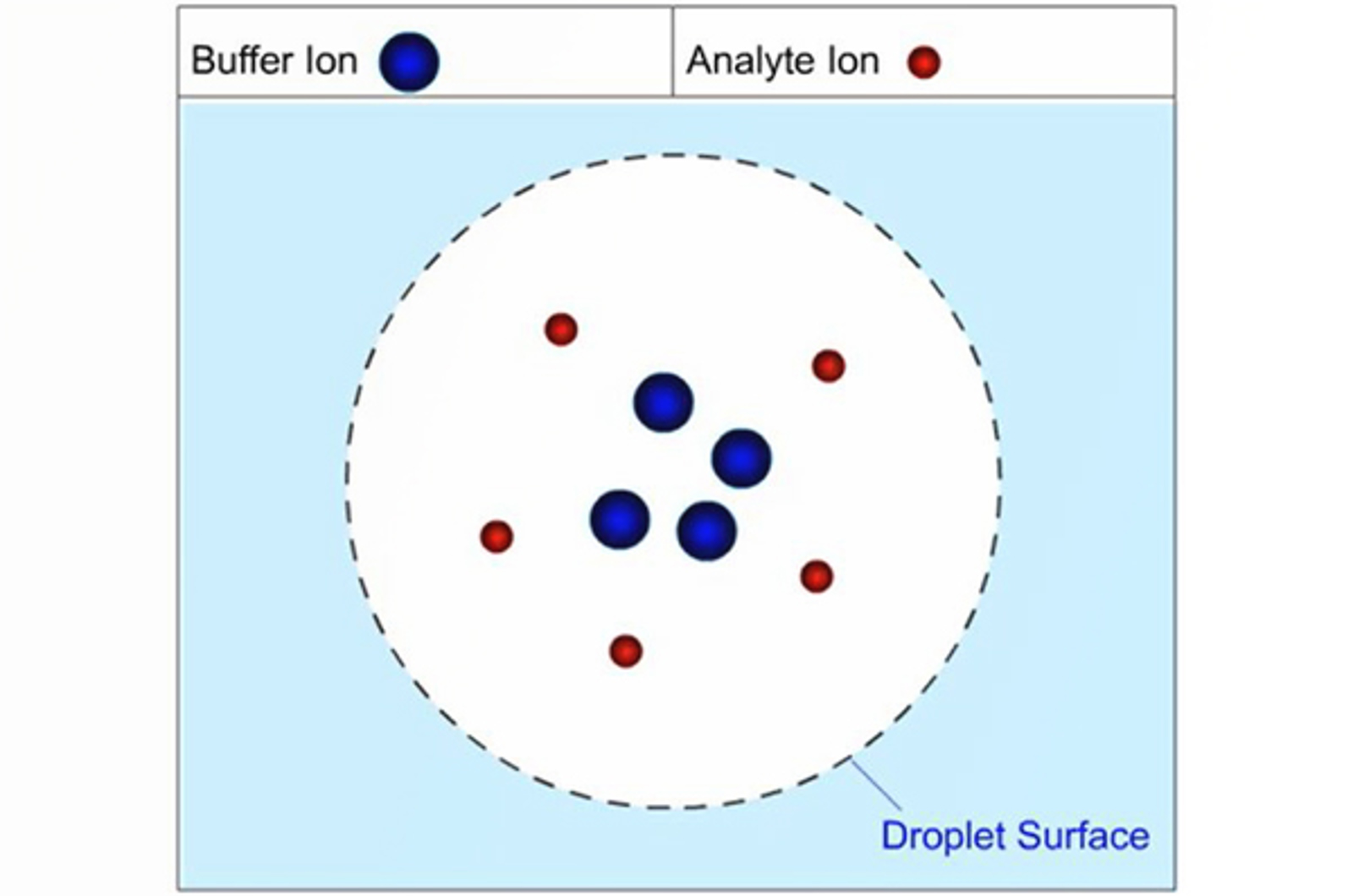
Solvents, Buffers, and Additives
In this module we will examine common additives used in LC-MS and explain the role of solvents, buffers and eluent pH in signal optimization.
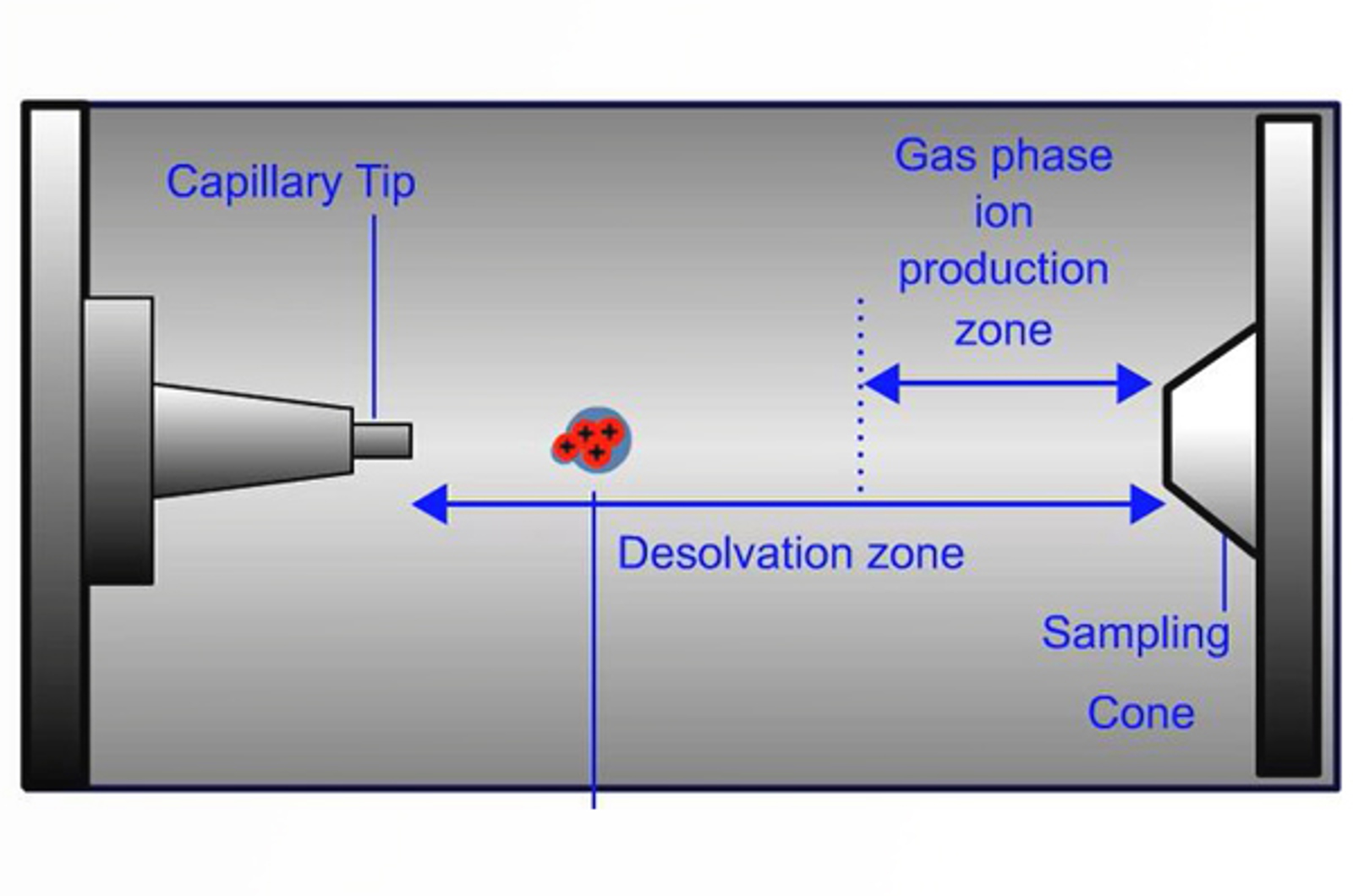
Electrospray Ionization (ESI) Theory
Electrospray is the dispersion of a liquid into electrically charged droplets, combining the two processes of droplet formation and droplet charging. The process of droplet charging is affected by eluent flow rate, liquid surface tension, and electrolyte concentration. This module explains the function of the major components of an electrospray interface and discusses ways to optimize signal using electrospray ionization.
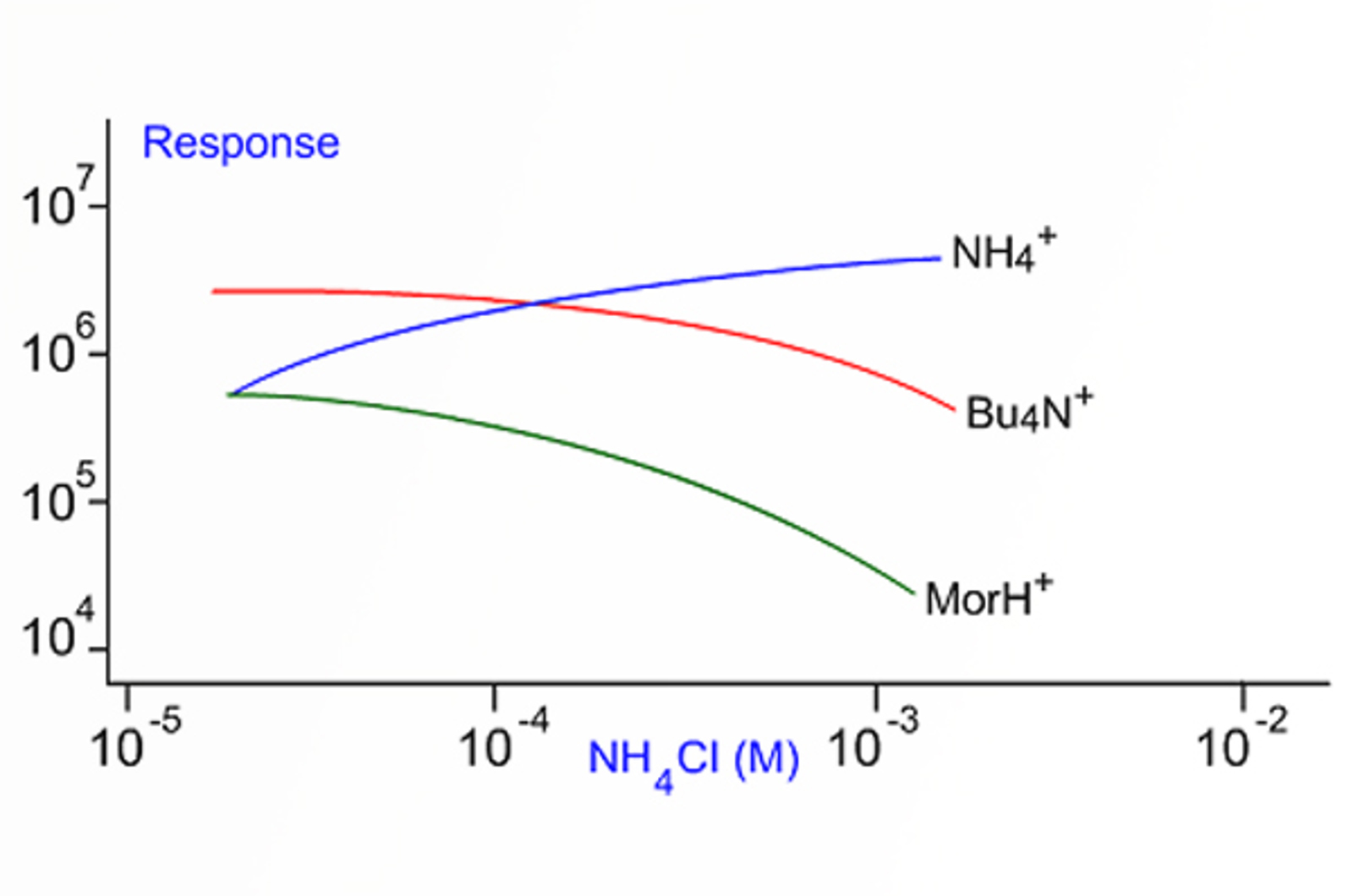
Electrospray Ionization (ESI) Technique
This module discusses important parameters when carrying out electrospray ionization (ESI). Find out practical tips for overcoming ion suppression, optimizing sprayer position, and the role pH plays in signal intensity.
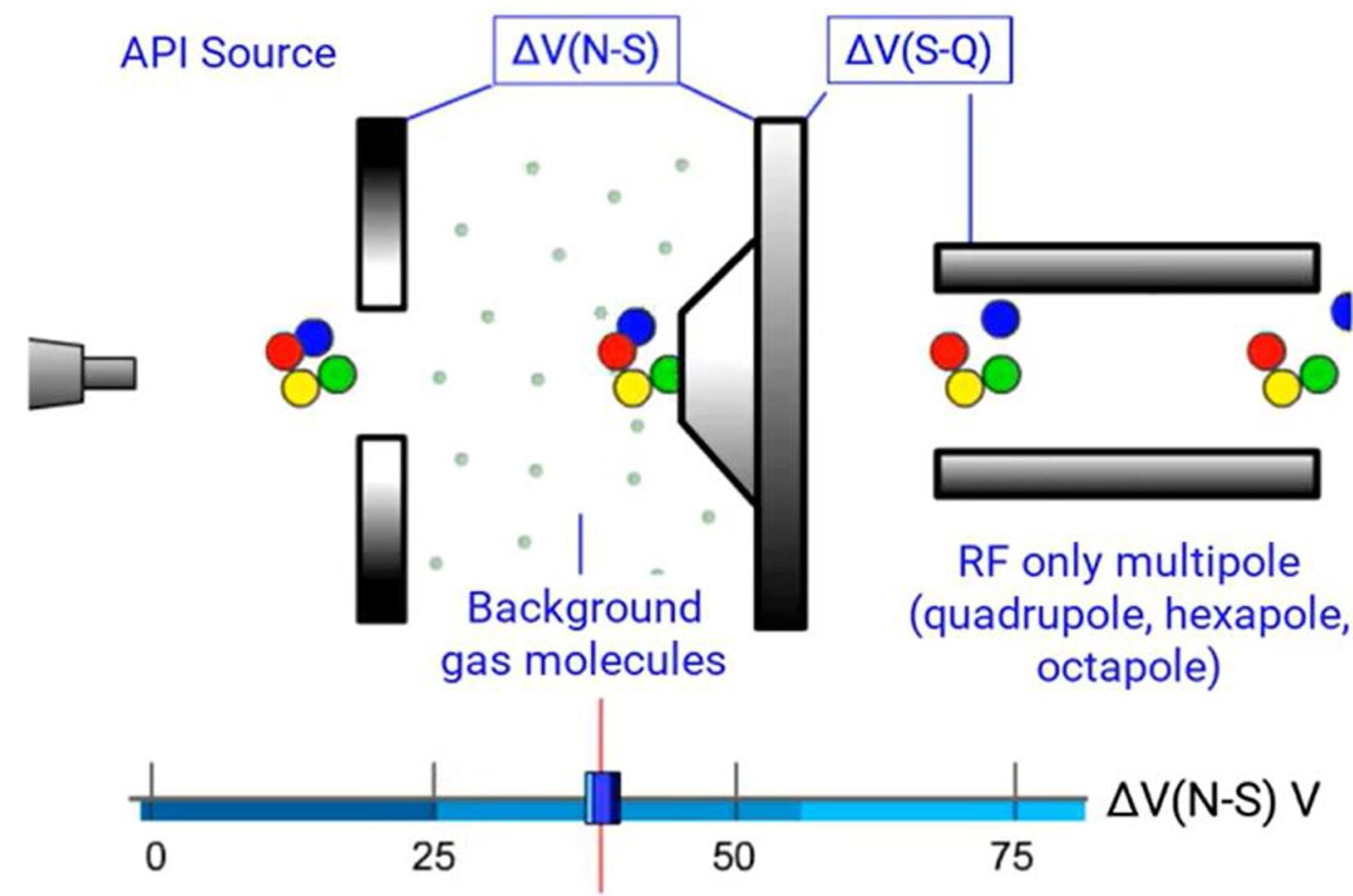
Electrospray Ionization Instrumentation
Electrospray is the dispersion of a liquid into electrically charged droplets, combining the two processes of droplet formation and droplet charging. This module discusses the major components of an electrospray interface and investigates methods for optimizing signal.

Vacuum Systems
This module will discuss the different types of vacuum pumps available and explain the importance of vacuum in LC-MS.
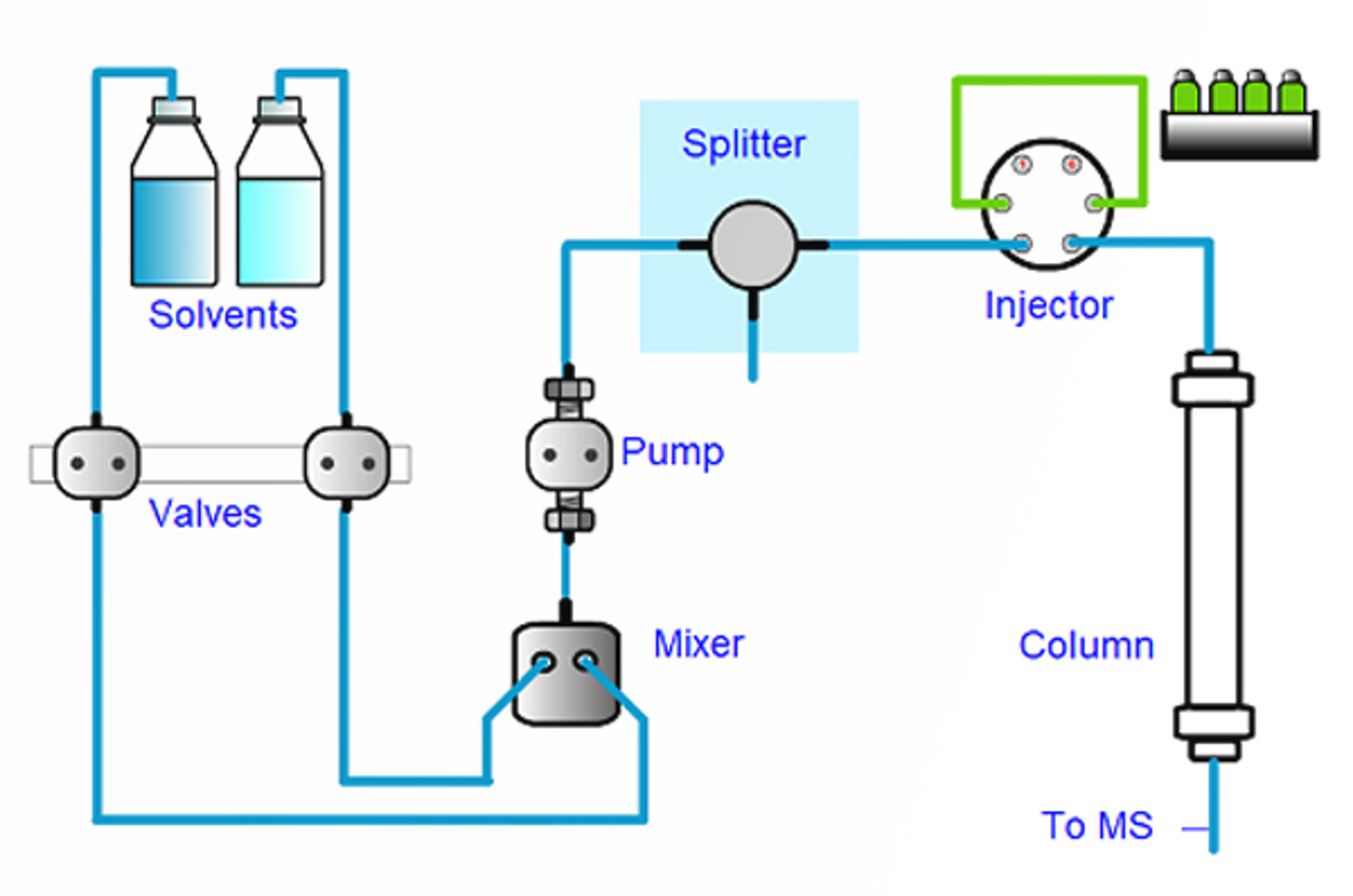
Flow Rates and Flow Splitting
This module discusses how flow rates can be altered, or flow splitting can be used, to allow the successful coupling of HPLC and MS detection.
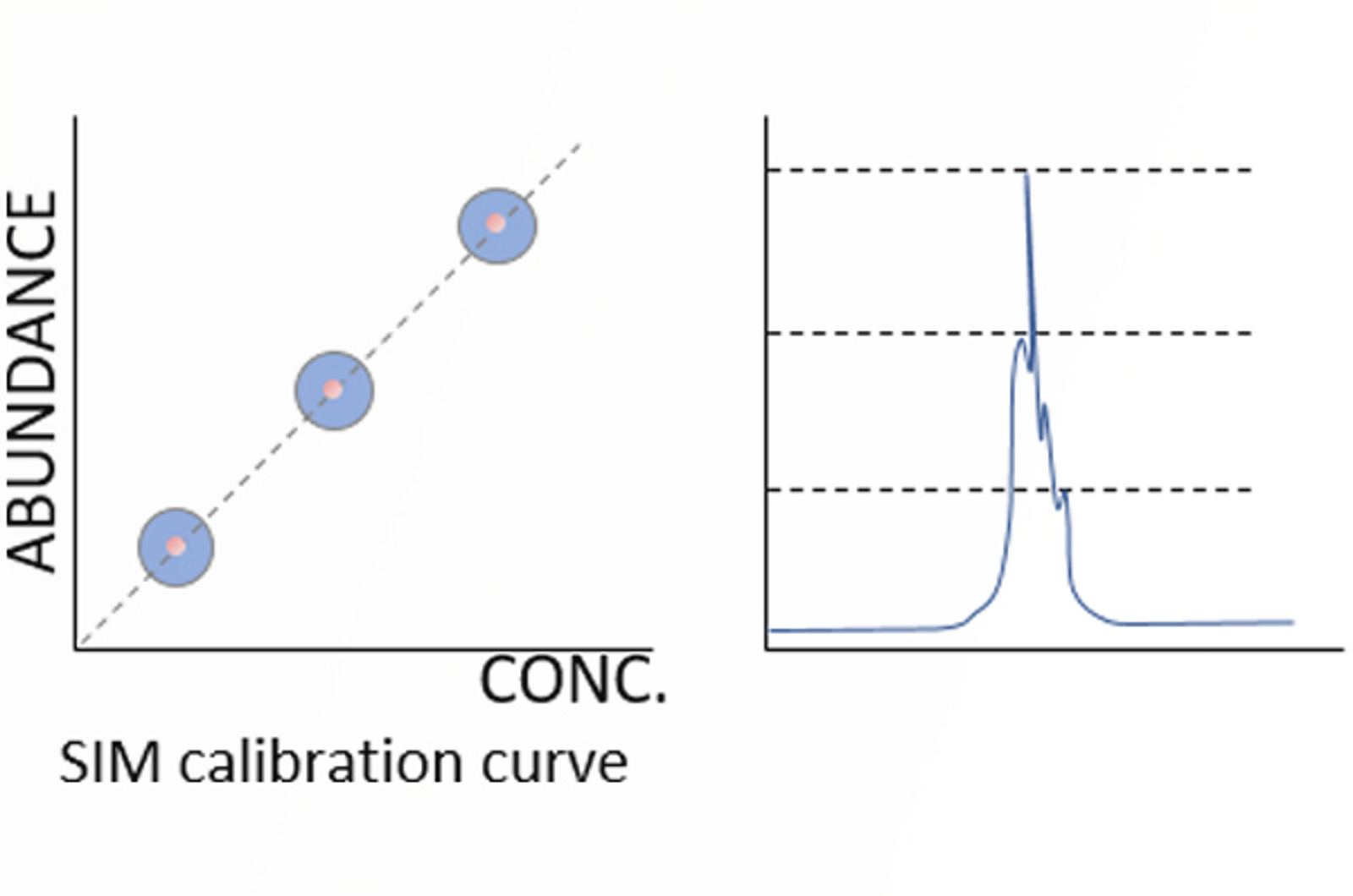
Everything You Need to Know About LC-MS Tuning and Calibration
Everything you need to know about LC-MS tuning and calibration.
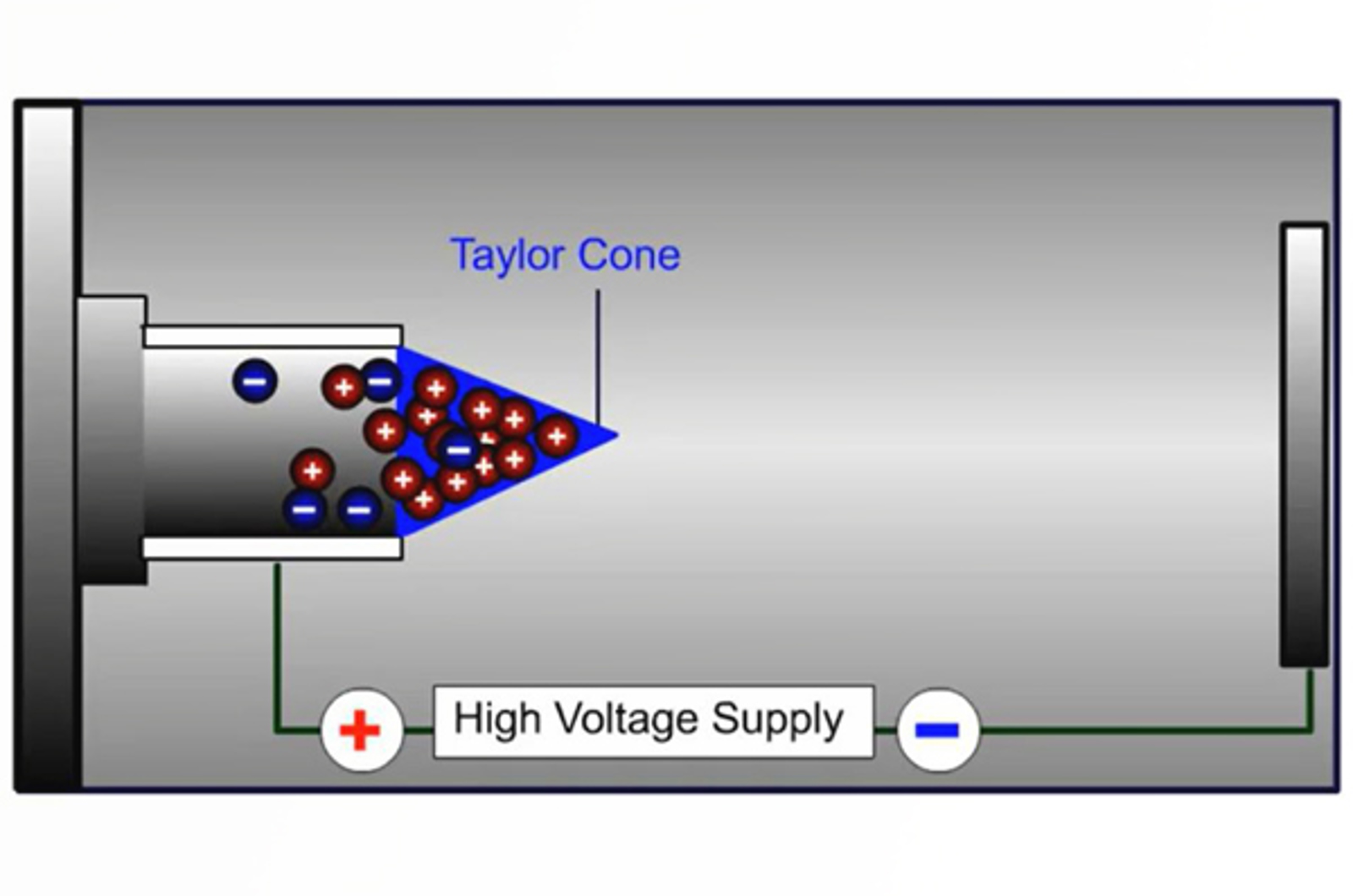
New to LC-MS? 10 Practical Tips That Will Make a Real Difference
Our top 10 tips for getting started with LC-MS.
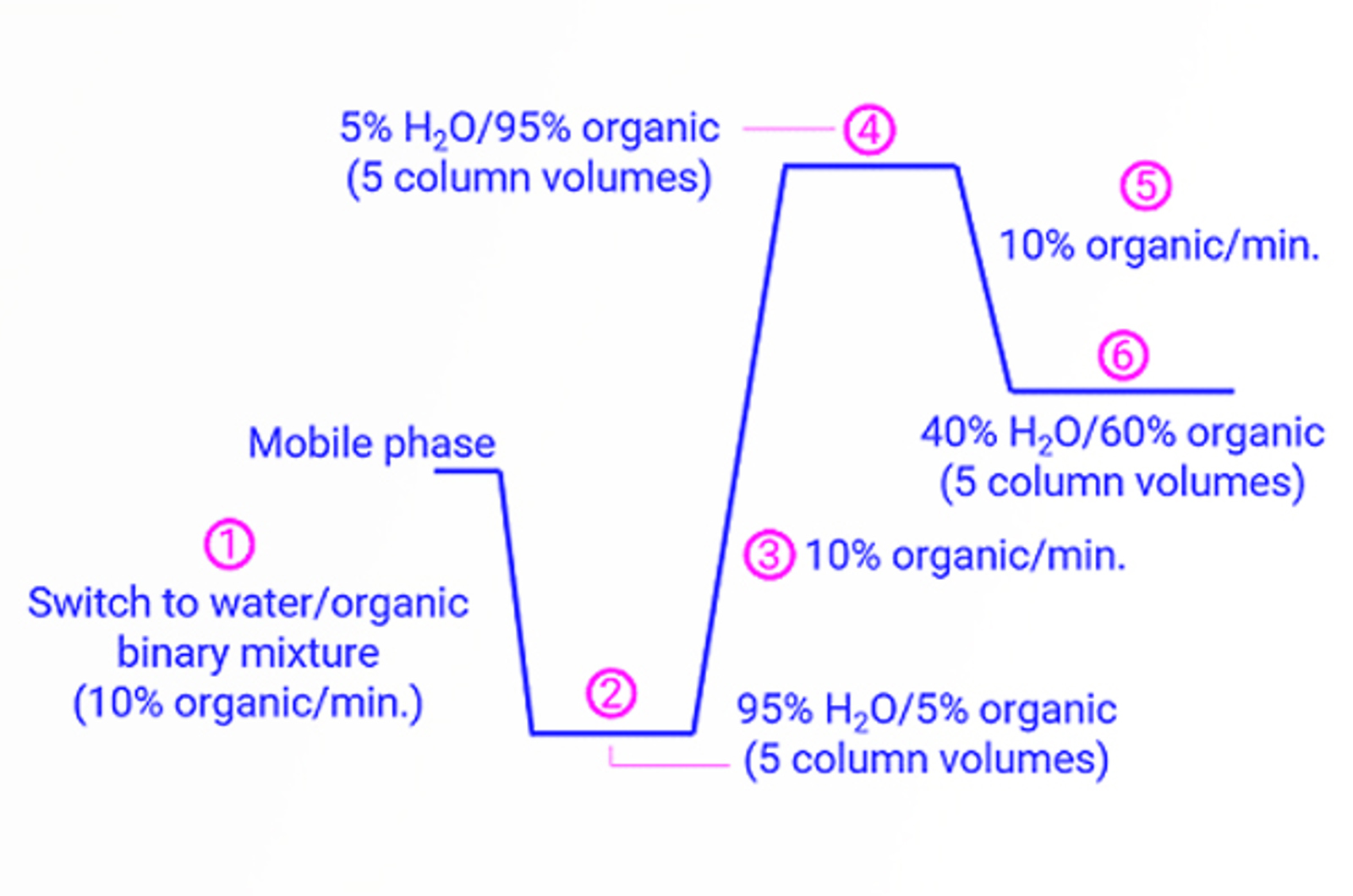
10(ish) Ways to Prevent LC-MS Contamination
Top tips to keep your LC-MS up and running longer and producing the best possible data.
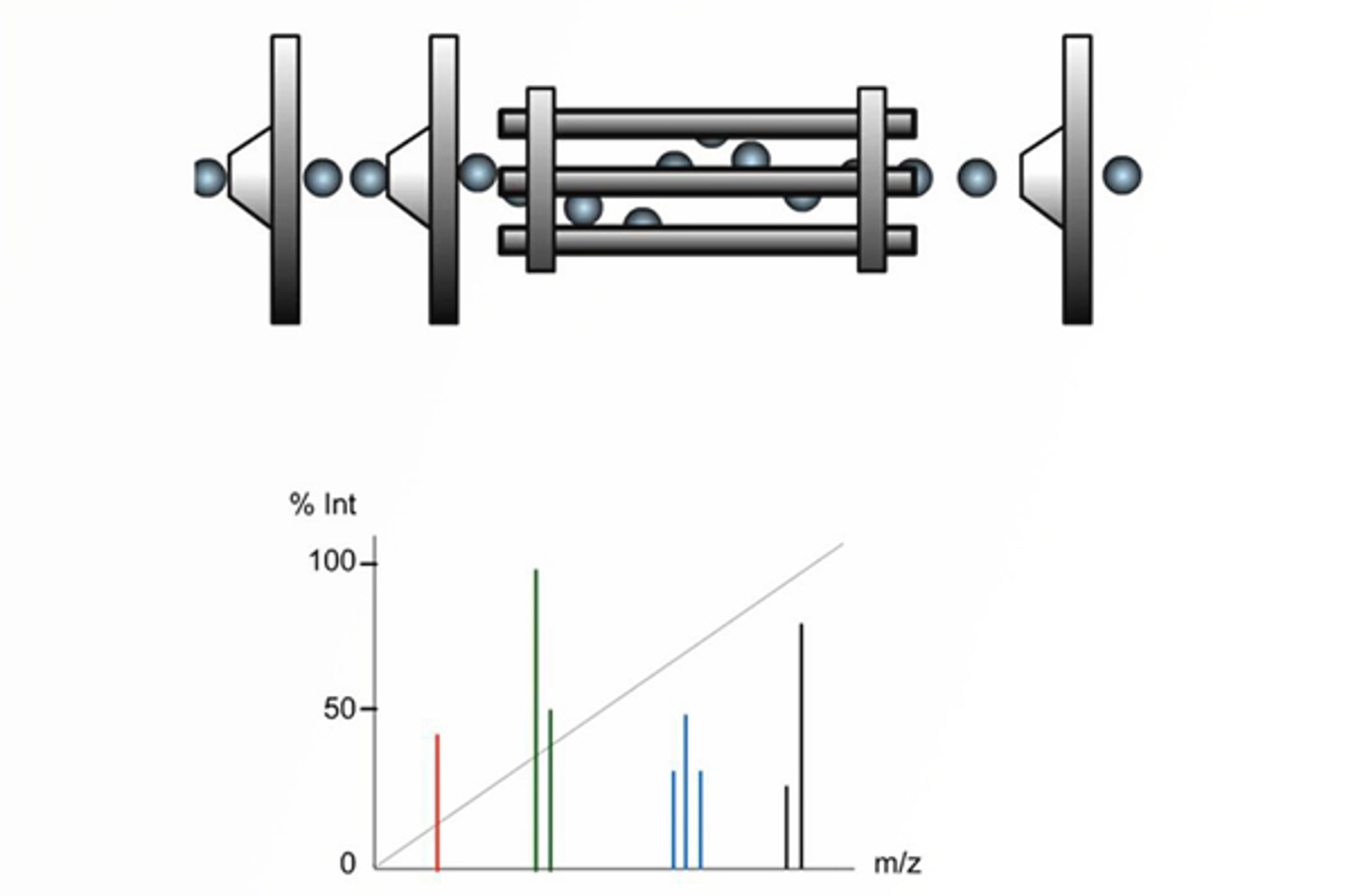
Introduction to Mass Analyzers
This module will introduce the commonly used mass analyzers for LC-MS.
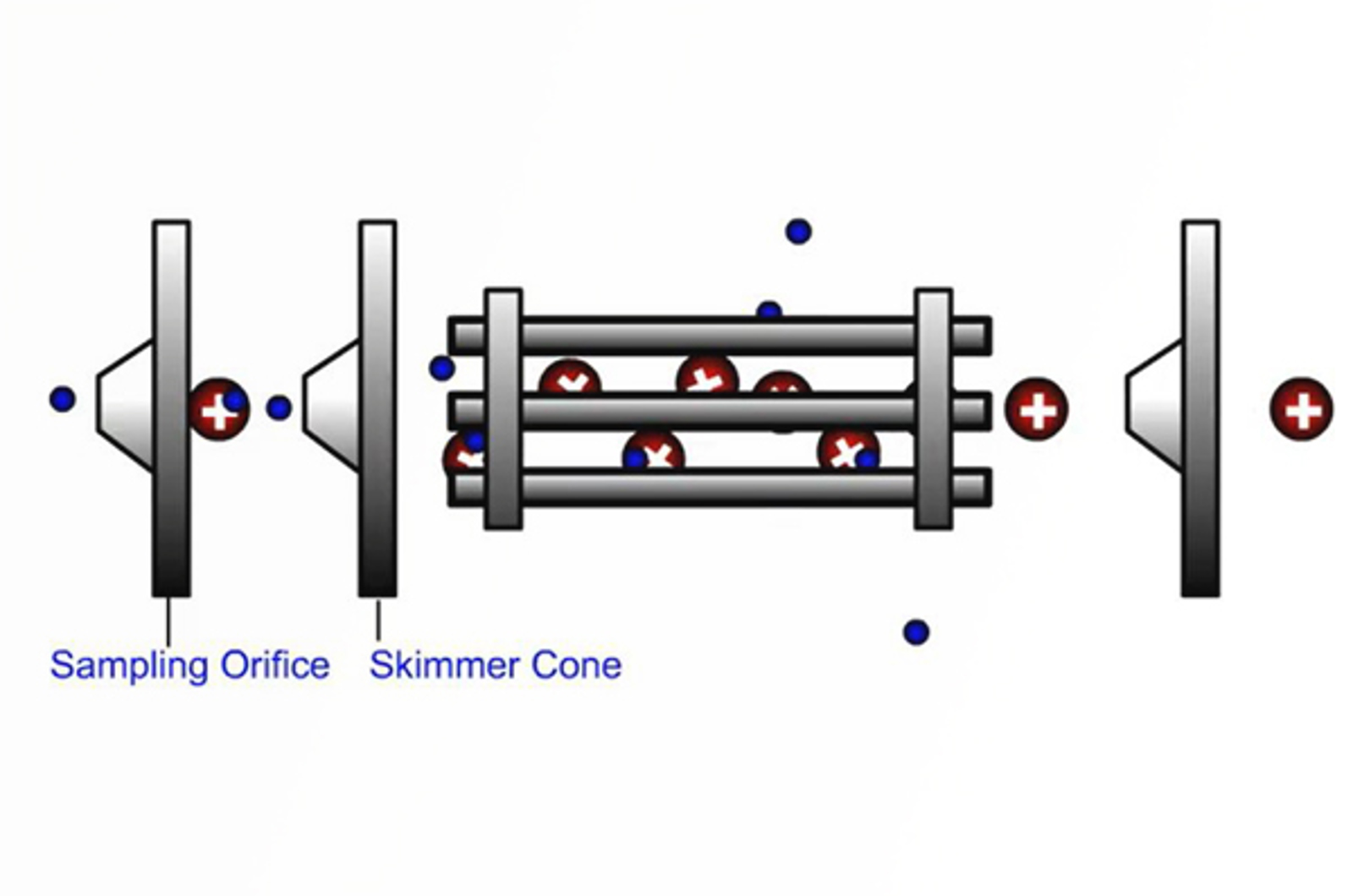
Quadrupole Mass Analyzers
In quadrupole mass analyzing devices, electric fields are used to separate ions according to their mass-to-charge ratio (m/z) as they pass along the central axis of four parallel equidistant rods (or poles) that have fixed (DC) and alternating (RF) voltages applied to them. This module will explain the theory and principles of quadrupole mass analyzers.
